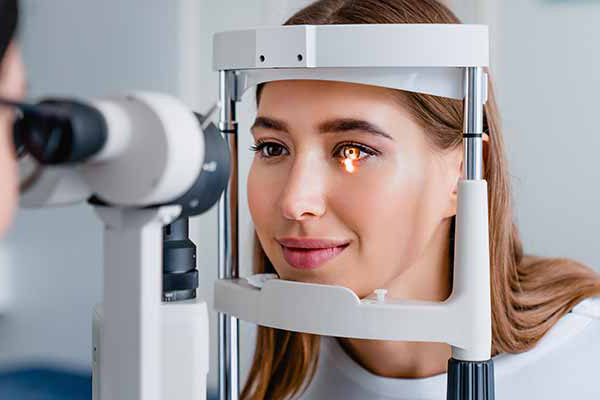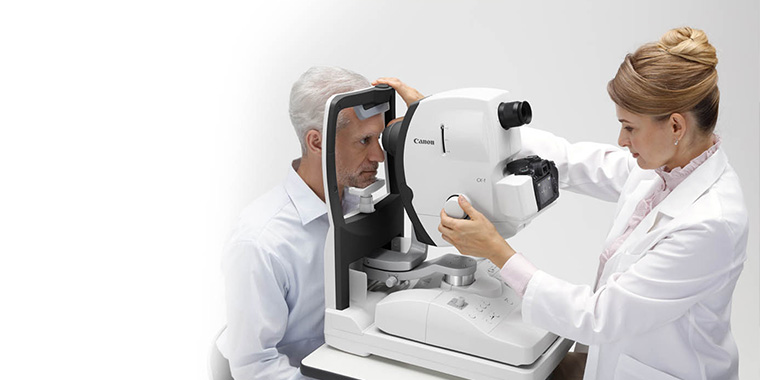Neurologist in Andalusia: Leading Specialists and Clinics Noted
Neurologist in Andalusia: Leading Specialists and Clinics Noted
Blog Article
The Pros and Disadvantages of Different Refractive Surgical Treatments for Enhanced Eyecare

LASIK Surgery
LASIK surgical treatment is a commonly carried out refractive treatment that intends to fix vision problems such as astigmatism, nearsightedness, and farsightedness. This surgical technique has gotten appeal as a result of its efficiency in giving patients with clearer vision and decreasing their reliance on glasses or contact lenses. During the procedure, a thin flap is created on the cornea, and a laser is utilized to improve the underlying cells, fixing the refractive mistake. The flap is then repositioned, enabling fast recovery and marginal pain for the patient.
One of the main benefits of LASIK surgical procedure is the rapid enhancement in vision experienced by numerous patients. It is important for people taking into consideration LASIK surgical procedure to undergo a thorough examination by an eye care professional to establish if they are suitable prospects for the procedure.
PRK Treatment
The PRK treatment, likewise recognized as Photorefractive Keratectomy, is a type of refractive surgery that intends to correct vision concerns similar to LASIK surgical procedure. Unlike LASIK, which includes creating a flap in the cornea, PRK functions on the surface layer of the cornea.
One of the advantages of PRK over LASIK is that it eliminates the risk of flap-related difficulties considering that no flap is created during the surgery. In spite of the longer healing duration, PRK can be an appropriate alternative for individuals seeking vision improvement surgery.
SMILE Surgery
An advanced refractive surgery method getting popularity in the field of ophthalmology is SMILE Surgical procedure. Small Laceration Lenticule Extraction (SMILE) is a minimally intrusive treatment that remedies vision by reshaping the cornea using a femtosecond laser. Unlike standard LASIK surgery, SMILE Surgical procedure includes producing a small laceration in the cornea to extract a lenticule, which results in much less disruption to the corneal framework and potentially much faster recuperation times.
Among the primary advantages of SMILE Surgical treatment is its ability to deal with nearsightedness (nearsightedness) and astigmatism with high precision, leading to outstanding visual results for patients. The minimally invasive nature of the treatment additionally lowers the danger of difficulties such as completely dry eye syndrome, making it a favorable choice for people looking for refractive surgical procedure.

LASEK Technique
Having actually discovered the benefits and considerations of SMILE Surgical procedure, another notable refractive surgical procedure technique worth taking a look at is the LASEK Strategy. LASEK, which stands for Laser-Assisted Subepithelial Keratectomy, is a form of laser eye surgical treatment that aims to deal with refractive errors such as myopia (nearsightedness), hyperopia (farsightedness), and astigmatism.
Unlike LASIK, LASEK does not entail creating a corneal flap. Rather, during a LASEK procedure, the surgeon utilizes a diluted alcohol remedy to loosen the slim outer layer of the cornea, recognized as the epithelium. This layer is after that carefully relocated apart to enable the laser to reshape the underlying corneal tissue. When the cornea has been improved to the preferred level, the epithelial layer is repositioned.
Among check here the primary advantages of LASEK is that it can be ideal for people with thin corneas who might not be excellent candidates for LASIK. Additionally, LASEK normally results in very little post-operative discomfort and a quicker recovery time compared to PRK. The visual healing procedure with LASEK might be slightly longer than with LASIK.
Implantable Contact Lenses
Implantable Contact Lenses provide a long-lasting vision improvement remedy for people looking for a choice to traditional contact lenses or glasses. These lenses, also known as phakic intraocular lenses, are surgically inserted into the eye to correct refractive errors such as myopia (nearsightedness), hyperopia (farsightedness), and astigmatism. cardiologist andalusia. Unlike conventional contact lenses that sit on the surface of the eye, implantable call lenses function within the eye itself, supplying clear vision without the need for daily maintenance or elimination
Among the essential benefits of implantable contact lenses is their durability. Once inserted, they can remain in the eye forever, providing stable and constant vision correction. In addition, these lenses can be an exceptional alternative for individuals who are bad prospects for laser eye surgical treatment or who choose a reversible vision adjustment procedure.
Nonetheless, implantable get in touch with lenses do bring some risks, consisting of the possibility for cataracts or enhanced eye pressure. It is crucial for people considering this choice to speak with an eye treatment professional to identify if implantable call lenses are the best option for their specific demands and eye health and wellness.
Conclusion
In verdict, each type of refractive surgical treatment has its own advantages and disadvantages. LASIK surgical treatment is preferred for its quick recuperation time, while PRK procedure might be suitable for people with thin corneas.

In General, SMILE Surgical procedure provides an encouraging option for people looking to enhance their vision via refractive surgical procedure.
Report this page